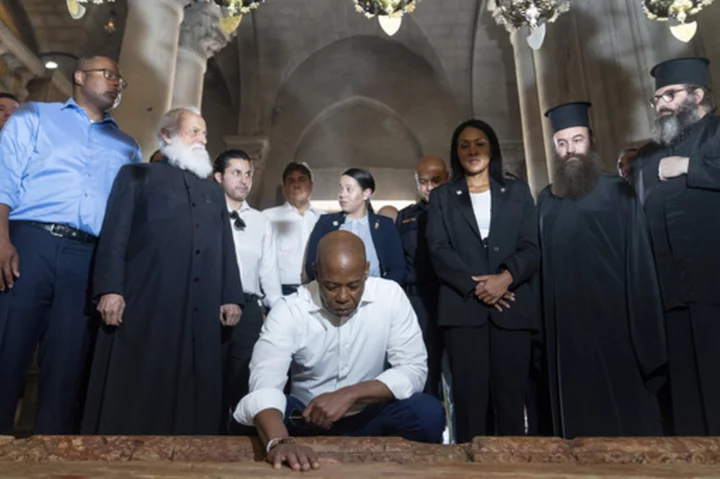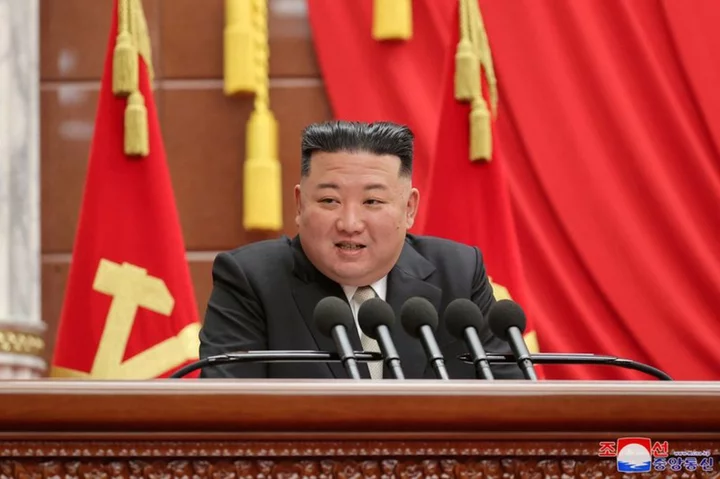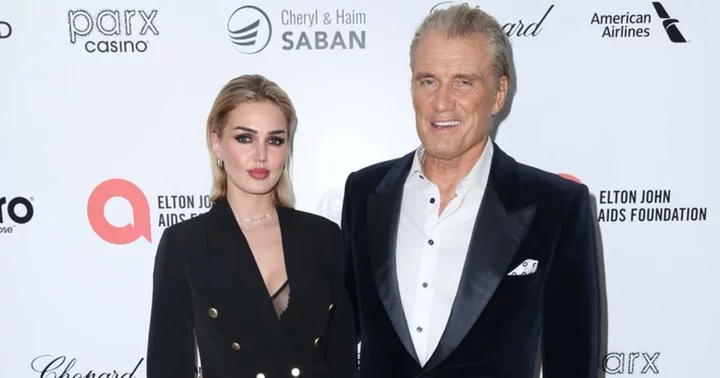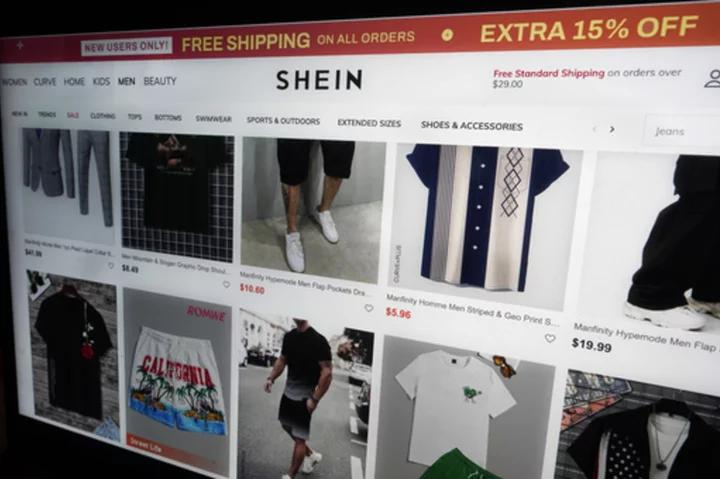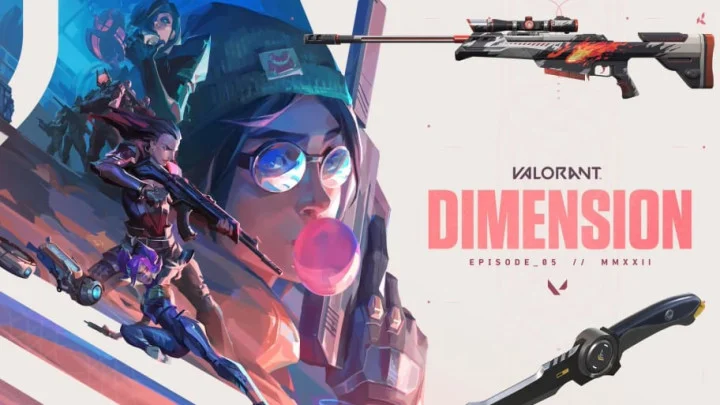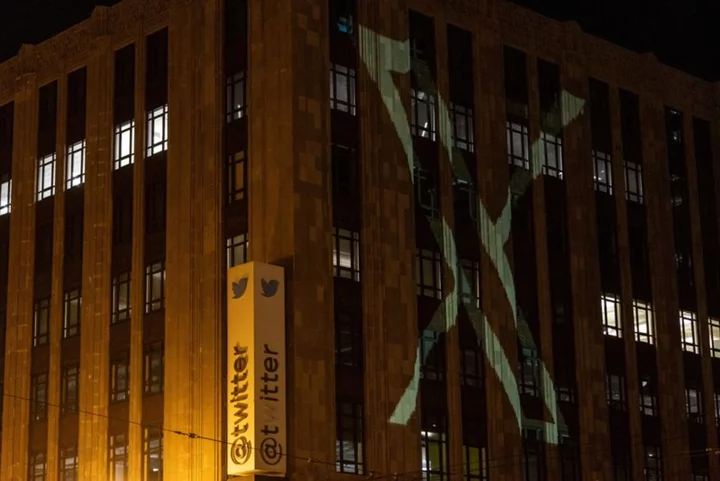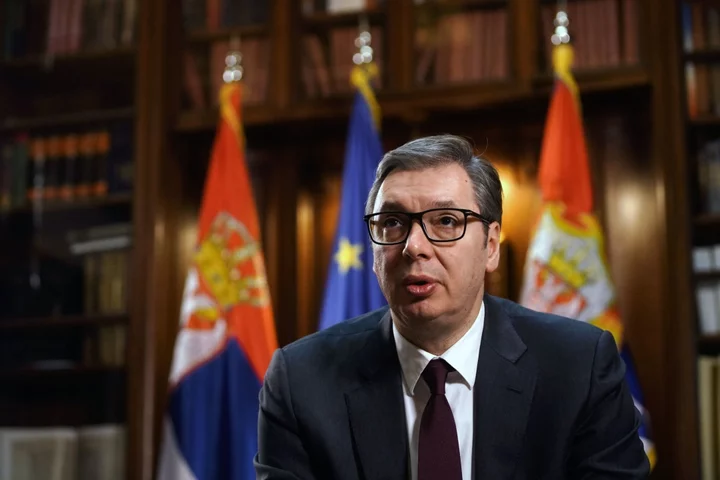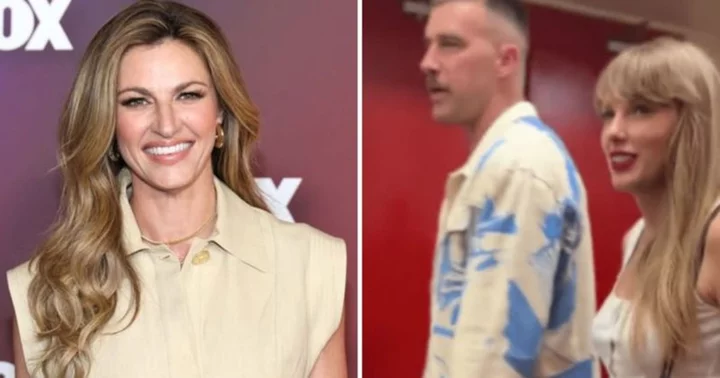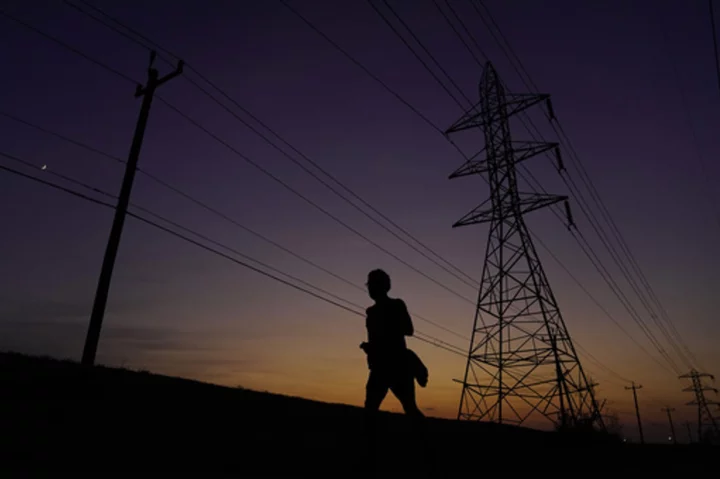JERUSALEM (AP) — New York City Mayor Eric Adams visited Jerusalem holy sites and met with Prime Minister Benjamin Netanyahu on Tuesday, continuing a three-day official trip to Israel at one of the most tumultuous times in the country's 75-year history.
Adams sought to perform a delicate balancing act between appealing to Israel's supporters at home and angering fellow Democrats for meeting a prime minister embroiled in controversy over a planned overhaul of the country's judiciary.
Adams’ entourage flooded the narrow streets of Jerusalem’s Old City as he headed first to the Church of the Holy Sepulcher, where Christians believe Jesus was crucified, buried and resurrected, before visiting the Western Wall, the holiest place where Jews can pray.
Adams said that he visited the wall to show “respect for the rich culture, faith and belief that surrounds this amazing, amazing country.”
Adams’ three-day trip comes as Israel is deeply polarized over the Netanyahu government's proposed changes to Israel's judiciary, a plan that has triggered months of mass protests. Critics say the plan, which seeks to weaken the country’s Supreme Court and transfer more powers to the parliament, will push the country toward autocratic rule. Supporters say Israel’s unelected judges wield too much power.
Adams met with Netanyahu in Jerusalem on Tuesday, but sidestepped commenting publicly on the overhaul.
“The people of Israel will make the determination on how they want to move forward,” said Adams, “I have lots of challenges in my city, and I wouldn’t want someone to come in and interfere with how I’m running things.”
Brad Lander, New York City's comptroller and its highest elected Jewish official, said he hoped Adams would seek out voices beyond Netanyahu's.
“With Israeli democracy in peril, the Mayor cannot only listen to the person doing the most to undermine it. I hope he’s also meeting with some of the hundreds of thousands of Israelis who have been out every week protesting Netanyahu’s judicial coup,” he said.
The mayor's team said Adams met with leaders of the protest movement, but that meeting was closed to the media and his office did not specify with whom he met.
It was also unclear whether Adams would visit the occupied West Bank, where the combustible mix of armed Palestinians carrying out shooting attacks and near-nightly — and often deadly — raids by the Israeli army to arrest militants has fueled the worst fighting in the West Bank in nearly two decades.
Netanyahu’s ultra-Orthodox and ultranationalist coalition has advanced West Bank settlement construction that is deemed illegal under international law. Adams met with Israel Ganz, a settler leader, who said the mayor showed “great interest” in Jewish settlement growth.
Adams said he did not broach the subject with Netanyahu: “That’s not why I’m here."
Instead, Adams said his focus was strengthening ties with Israel and combatting antisemitism. Antisemitic attacks in New York increased by 39% from 2021 to 2022, according to the Anti-Defamation League.
Meeting with the mayor, Netanyahu called Adams a “great friend to Israel." The Prime Minister's Office said they discussed collaboration between New York and Israel in technology and tourism.
New York City is home to the largest Jewish community outside Israel, and visiting the country is seen as a rite of passage for the city’s mayors. Every mayor has visited Israel since it became an independent state in 1948.
Adams, 62, enjoys a close relationship with New York’s ultra-Orthodox community — a voting base which helped him secure the mayoralty. New York City’s second Black mayor, Adams was a police captain before he entered politics. He has staked out center-left political ground since taking office last year.
He’s advocated for a strong police department, cultivated support from labor unions and promised a business-friendly City Hall while acting as a cheerleader for the city’s nightlife scene after the shutdowns of the COVID-19 pandemic. In recent months, his administration has struggled to house tens of thousands of international migrants who have come to the city after crossing the southern U.S. border.

